I find the boho chic inescapable. Maybe it is my unshakable, unapologetic love for an aesthetic that somehow blends the effortless Elie Tahari look and the handmade genius of my friend Jessica Kister, who paints murals in Rockaway. I can’t help but think about that blend when models and attendees go to an event showing off pieces that merge “global influences” (think a roving art advisor’s wardrobe) with “the local vibe” (think a linchpin of the Brooklyn art scene).
Is there any more freedom (or seeming freedom) in style than walking down the street with cutoffs, a poncho draped over a plaid shirt (for example), or donning any number of other layered looks? And what is at the root of this look if not a series of bohemian moments that somehow alternate between basic (think your dad’s ’70s hairstyle) and the almost high-fashion hairstyles now sported by models? That evening, as I mixed with kindred spirits who love vintage but also value contemporary craftsmanship, I found myself reflecting on the significance of bohemian style in my life, and in the lives of the people I had just met.
No longer confined to the dusty fields of music fests, the boho lifestyle, it seems, has found an urban home. It is embraced even by those who find themselves in a concrete cocoon, and its rallying cry of “imperfection” would be hard to beat for a style that finds authentic beauty in every stitched, dyed, or folded element of a garment or home. If the designer who shared a bit of her life with me and my new friends at The Bazaar was an ambassador for bohemian style, the models of the two-to-three-PM hour at The Bazaar were definitely emissaries.
I recall the excitement surrounding the debut of a new collection at a SoHo boutique, where the focus was on reinterpreting classic boho garments with a fresh, modern perspective. This offering was full of off-the-shoulder blouses and wide-leg trousers, all made of natural fibers, and it showcased beadwork that you might have expected from a long-ago period when “craftsmanship” and “artisanal” were also applied to the kinds of looks my mother and grandmother wore. At the event that evening, a certain influencer captured everyone’s attention, mixing what were very likely vintage bohemian pieces with new, cutting-edge items from luxury labels like Zimmermann and Ulla Johnson.
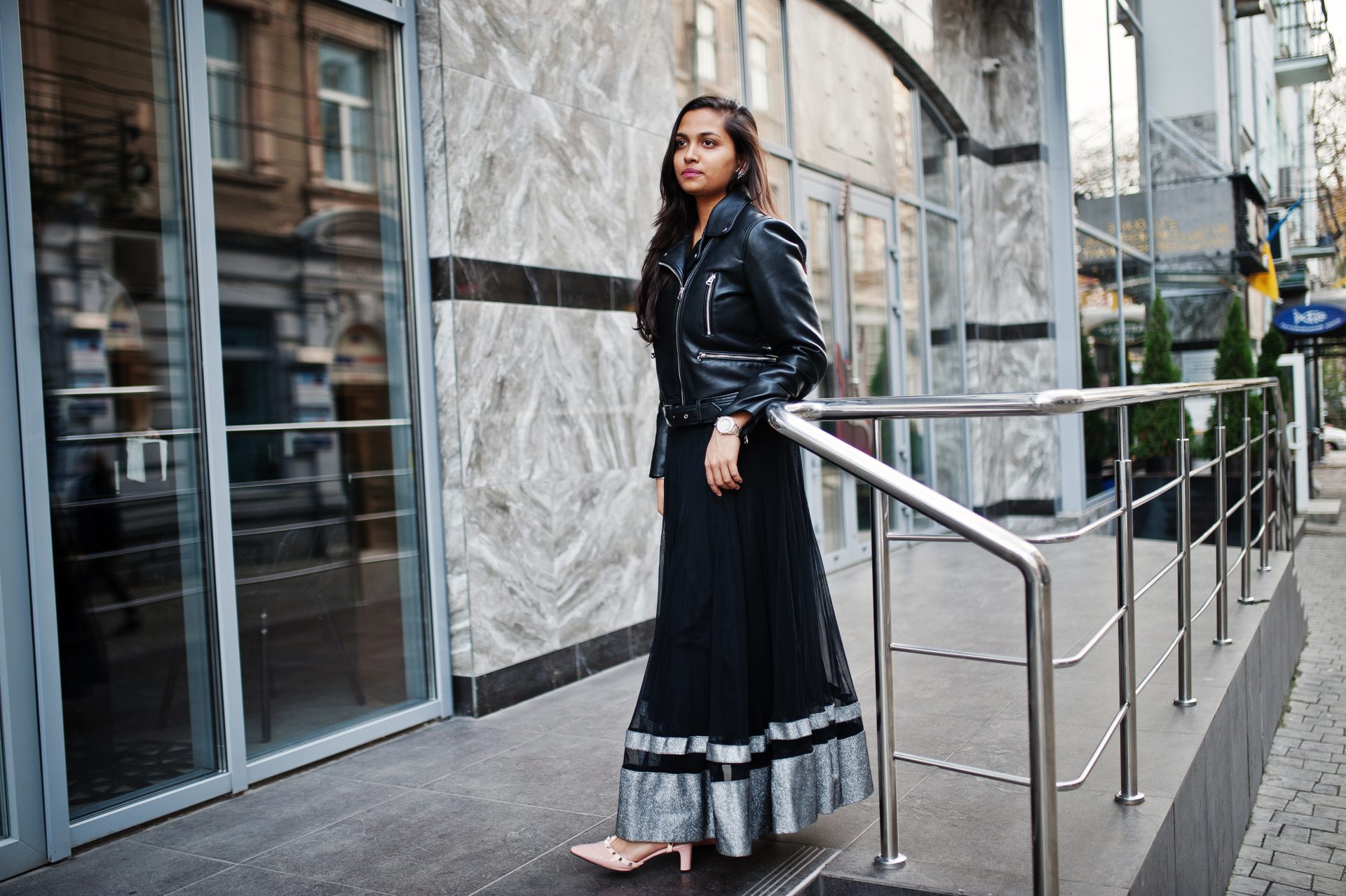
The bold look that resulted was a precise interpretation of how to style boho chic in a way that feels completely relevant right now. A recent weekend escape to a seaside town not far from New York City had me enjoying a market at which local designers displayed their (cool) coastal bohemian collections. The breezy atmosphere carried the sounds of a live acoustic set, but mostly I enjoyed the company of my husband as we perused this delightful assemblage.
It was in this curious curation that I became acquainted with some local design talent, and I left the market with a few purchases, including a handwoven kaftan that I have yet to wear but that already feels quite summery (and, let’s be honest, quite Natalia of me to contain and carry). One of the designers who was at the market spoke with me about her work. Her name is Melissa.
Though the glamour of high-profile runway shows often takes center stage, the beauty of boho chic lies in its understated elegance. This I witnessed firsthand at a recent panel discussion at a New York fashion symposium. The conversation, centered on the resurgence of artisanal techniques in modern design, featured such notable names as Mara Hoffman and Jonathan Simkhai—designers whose collections increasingly draw on traditional crafts to create pieces that feel both timeless and distinctly modern.
The discussion around the reinterpretation of vintage bohemian styles was what really drew me in. The looks of the past, particularly the iconic bohemian looks of the 1970s, were seamlessly referenced in the conversation and merged with the minimalism of today’s fashion sensibilities. Hearing this conversation felt like such a vivid reminder that the boho aesthetic—from its roots in rebellion to its current iteration—is evolutionary, not revolutionary, and remains deeply connected to its past.
What strikes me the most about the modern boho movements is the way they are accessible and empower all sorts of people to tell the stories of their lives. Every neighborhood in my home of Los Angeles has unique cultural influences. Boho chic, with its endless permutations, allows for looks that are both traditionally coastal and otherwise.
So, when I visited a pop-up event and met with a cadre of emerging designers, I felt pretty good about the odds of leaving with some new insights into the character of my city and, by extension, the kind of coastal cousin I’m inclined to be. After all, the runway that is my life ain’t bound by any particular street or set of cultural influences. Undoubtedly, the way boho chic effortlessly blends the past with the present holds a certain charm.
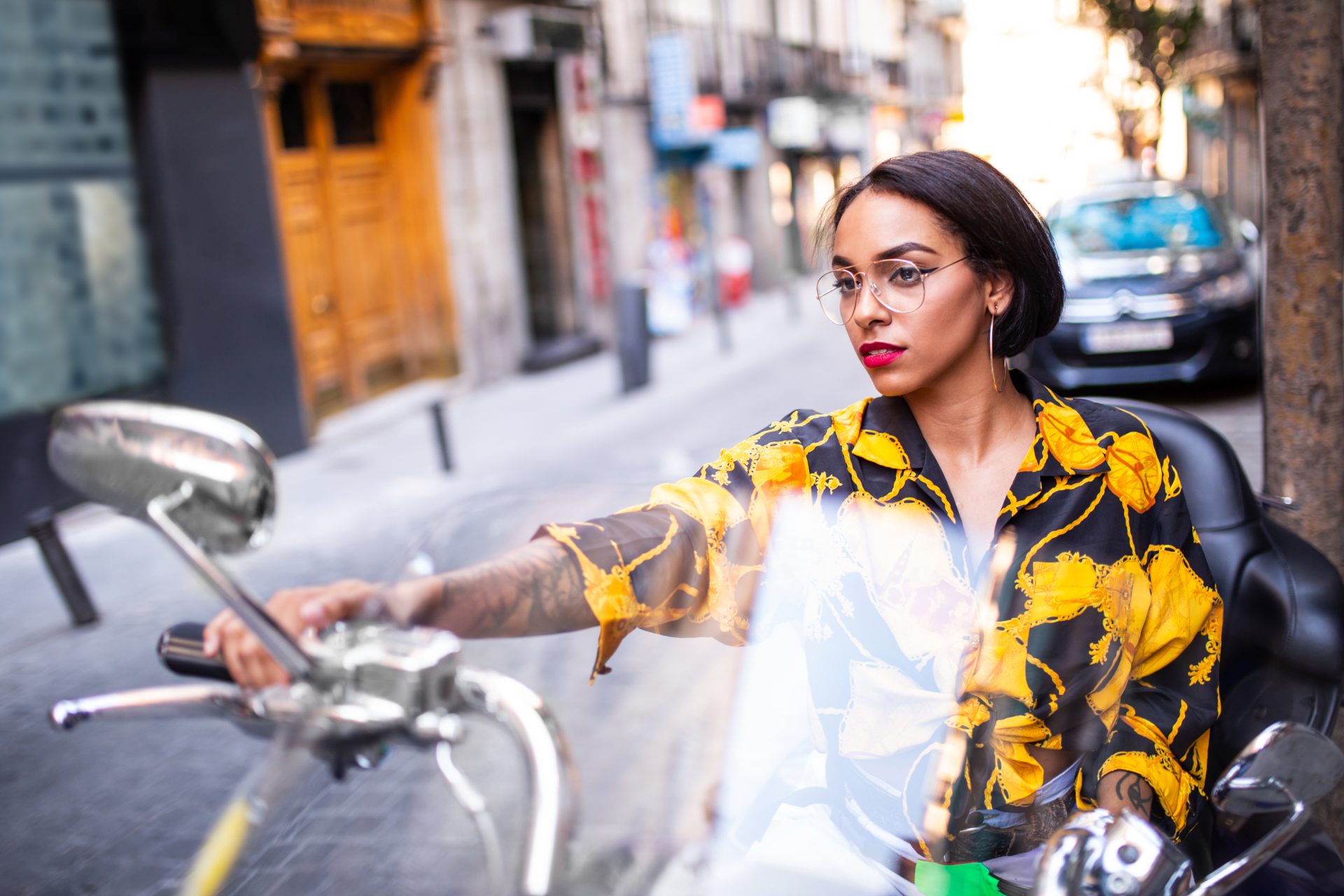
Call it a phenomenon, if you will, but this style that seemingly came from nowhere and everywhere at once has enchanted a legion of fans. Elusive as it may be, there are hallmarks of the look. There’s the focus on individual, often handcrafted, pieces; a way of using family heirlooms that tie one visually even more so to the past and one’s own “story.” Consider the use of a shawl that way.
And then think of a “shawl” as a category, and add to it a vintage kimono and a luxurious throw. And consider next what you’re seeing as part of the Arts and Crafts Movement in action. Whether it was an impromptu visit to a Parisian flea market or an expected stop-off in a “stunning” part of Barcelona, the adventures of a certain past are fortifying one’s present, allowing for the expansiveness of an individual visual story—that is, the making of a look.
It’s equally captivating to see how boho chic inspires industry collaborations. I recently attended a collaborative showcase between a celebrated designer known for her ethereal bohemian style and a streetwear brand that has made a splash with its urban aesthetic. The resulting collection was a testament to the versatile nature of boho chic—it included everything from loose, flowing dresses with old-world charm to tailored pieces with surprise bohemian details, like hand-painted embroidery and hem lengths that didn’t match up.
The event was a masterclass in how different design philosophies can merge into something truly innovative (if not entirely wearable), proving once and for all that boho chic doesn’t live in just one sphere of influence but is a modern-day form of expression that has multiple lives. What is still true to form amid the uncertain new directions is the abiding commitment of designers and influencers to something much more authentic than the insufferable Celine A-line: fashion, even when “it” has no apparent “it,” can be not just diverse but also, and maybe even primarily, rich in cultural significance. Whether seen at recent expos alongside eco-friendly brands or at community-driven events where boho waxes lyrical about design derived from the stoop labor of earring-makers in El Salvador, my version of boho chic is tender toward the next generation of that kind of earring-maker.
The boho-chic style has a real-world impact because it’s adaptable and resonates on a profoundly personal level. It’s a style that invites experimentations and exudes authenticity. Above all, it celebrates a diverse range of individual stories—a collective experience that, for many, reaffirms our chosen or default path as a kind of living, breathing boho canvas.
From city to city, I’ve found that same experience, reaffirmed in every encounter, whether at a pulsing market or an airy gallery. In all those moments, I’ve believed, even when I couldn’t put it into words, that boho chic is much more than a look; it’s a way of living.
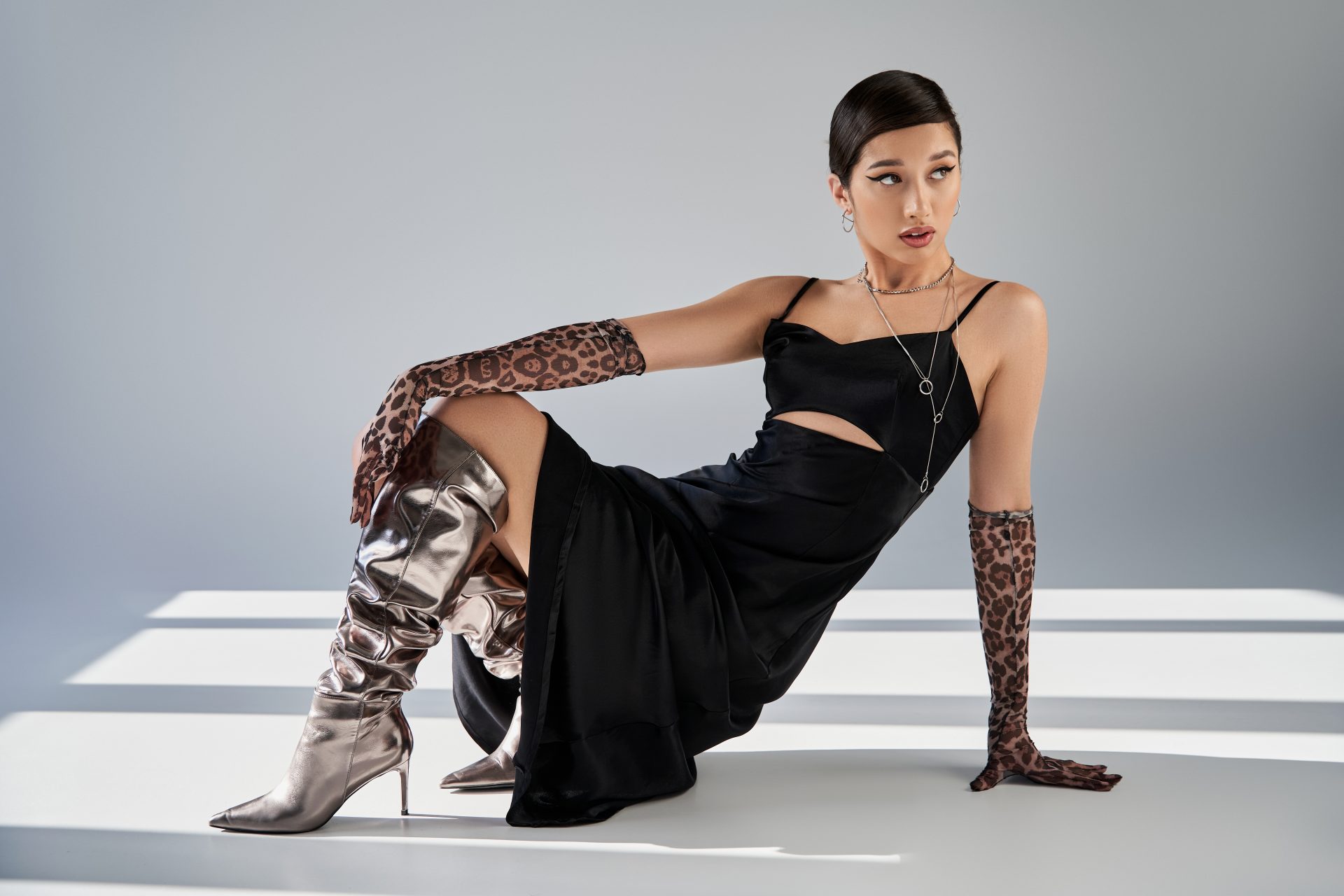
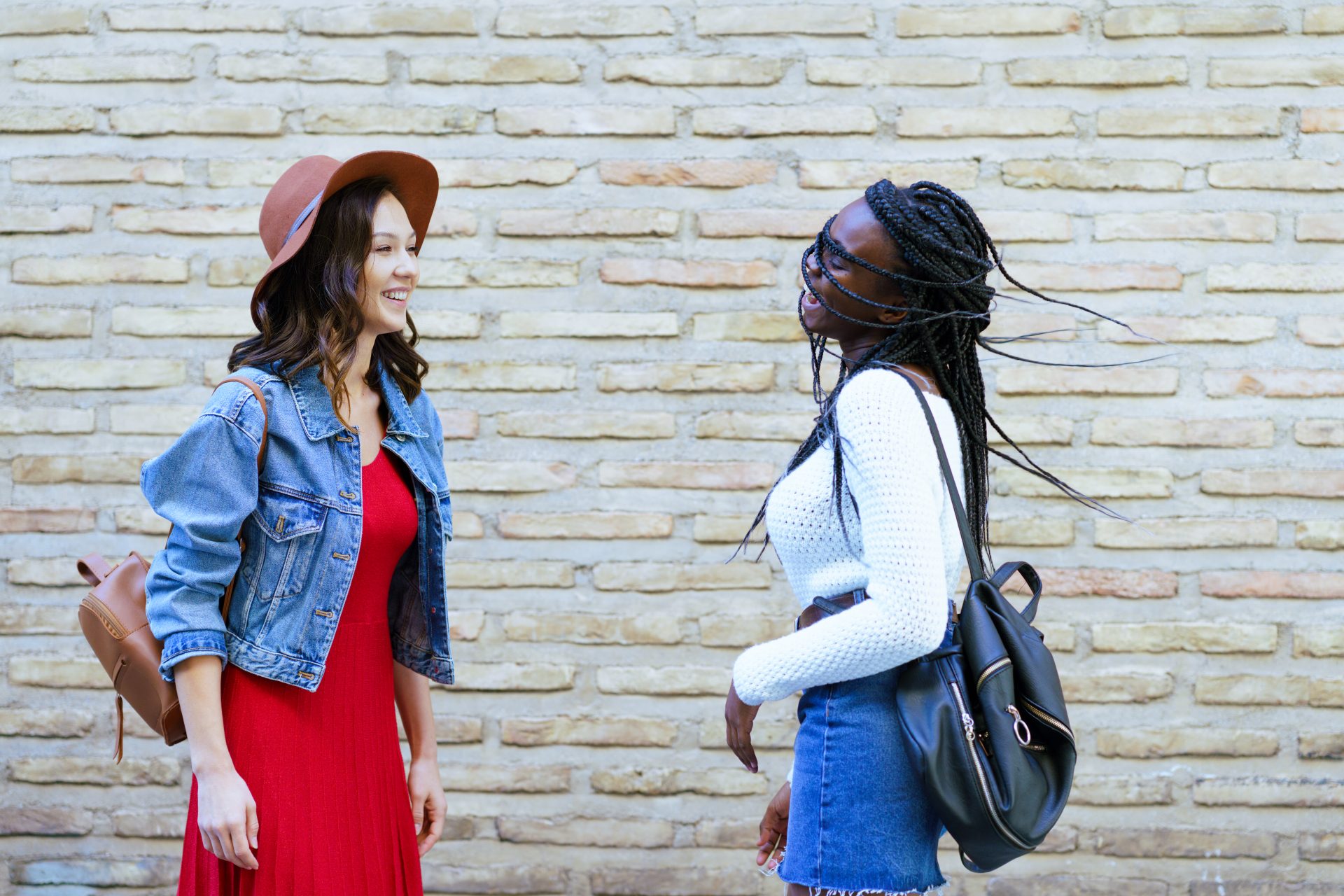
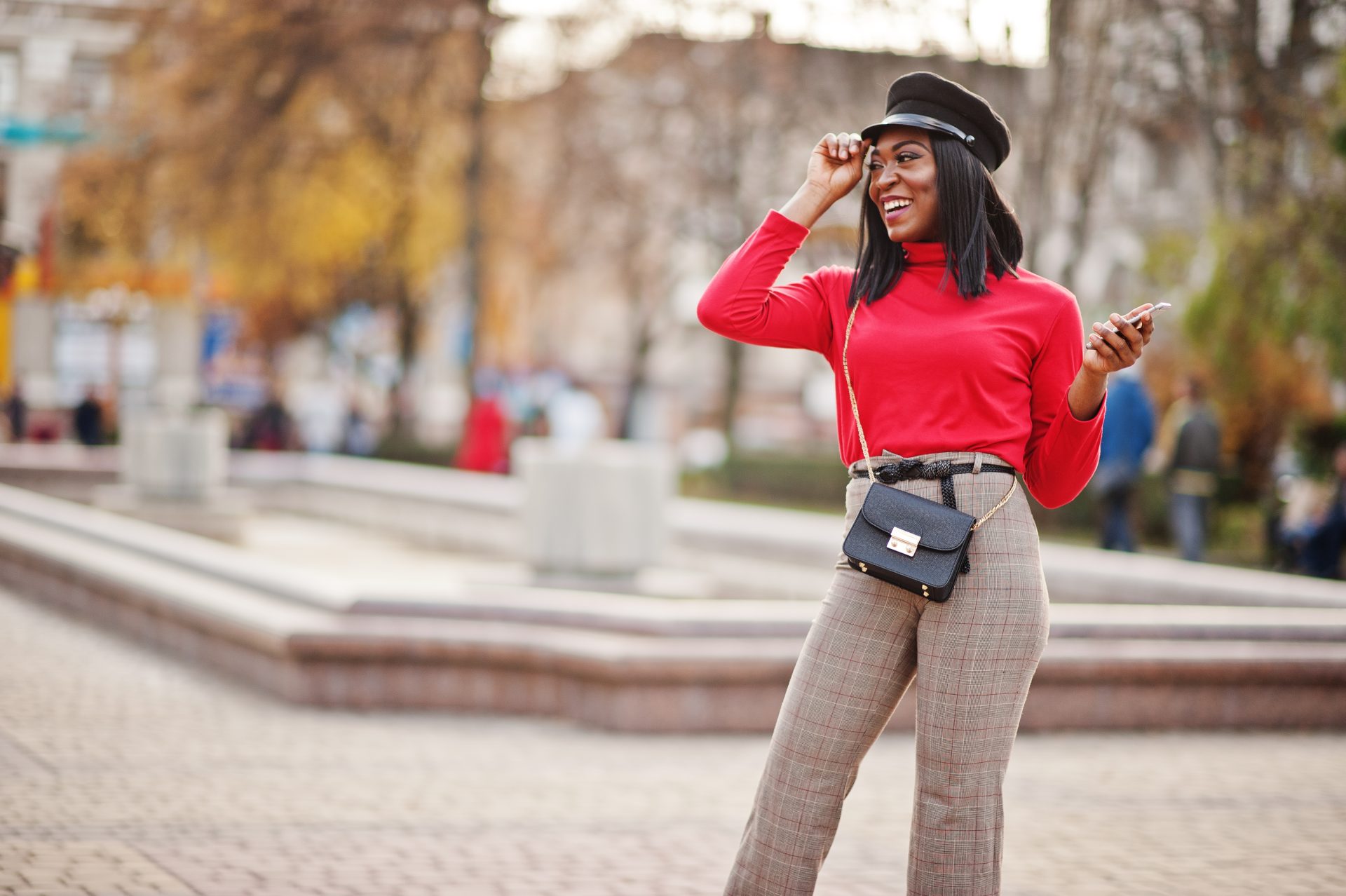

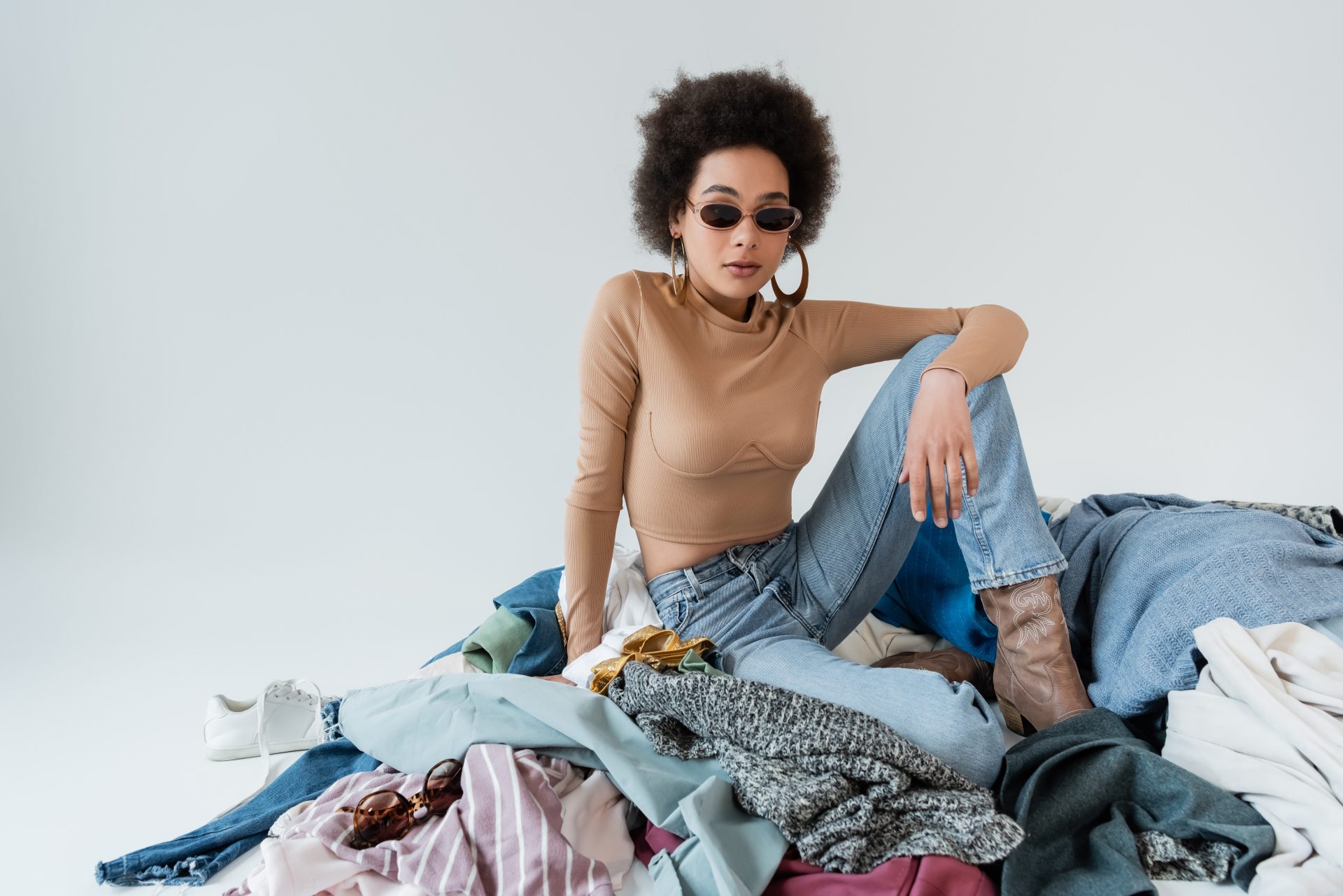
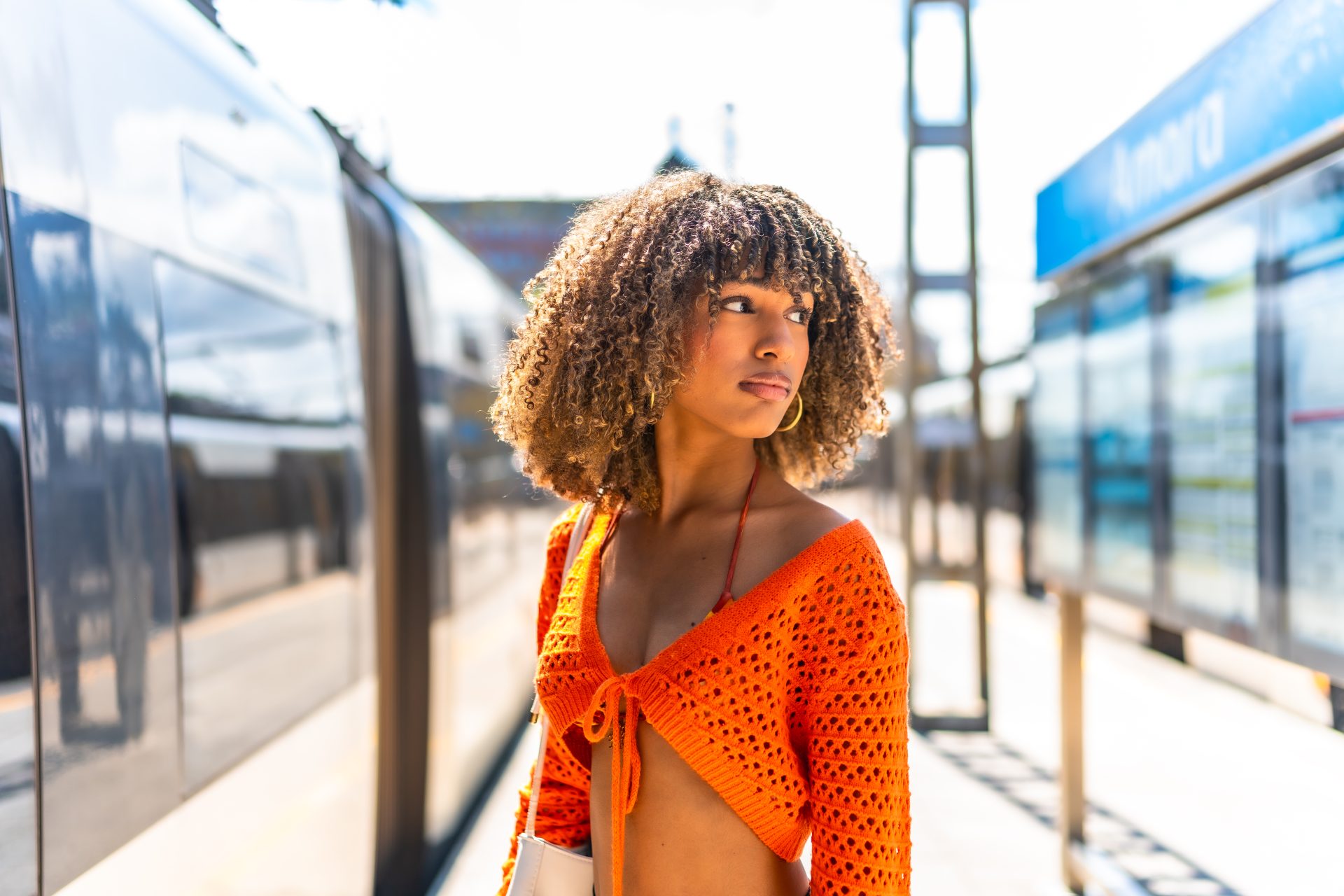
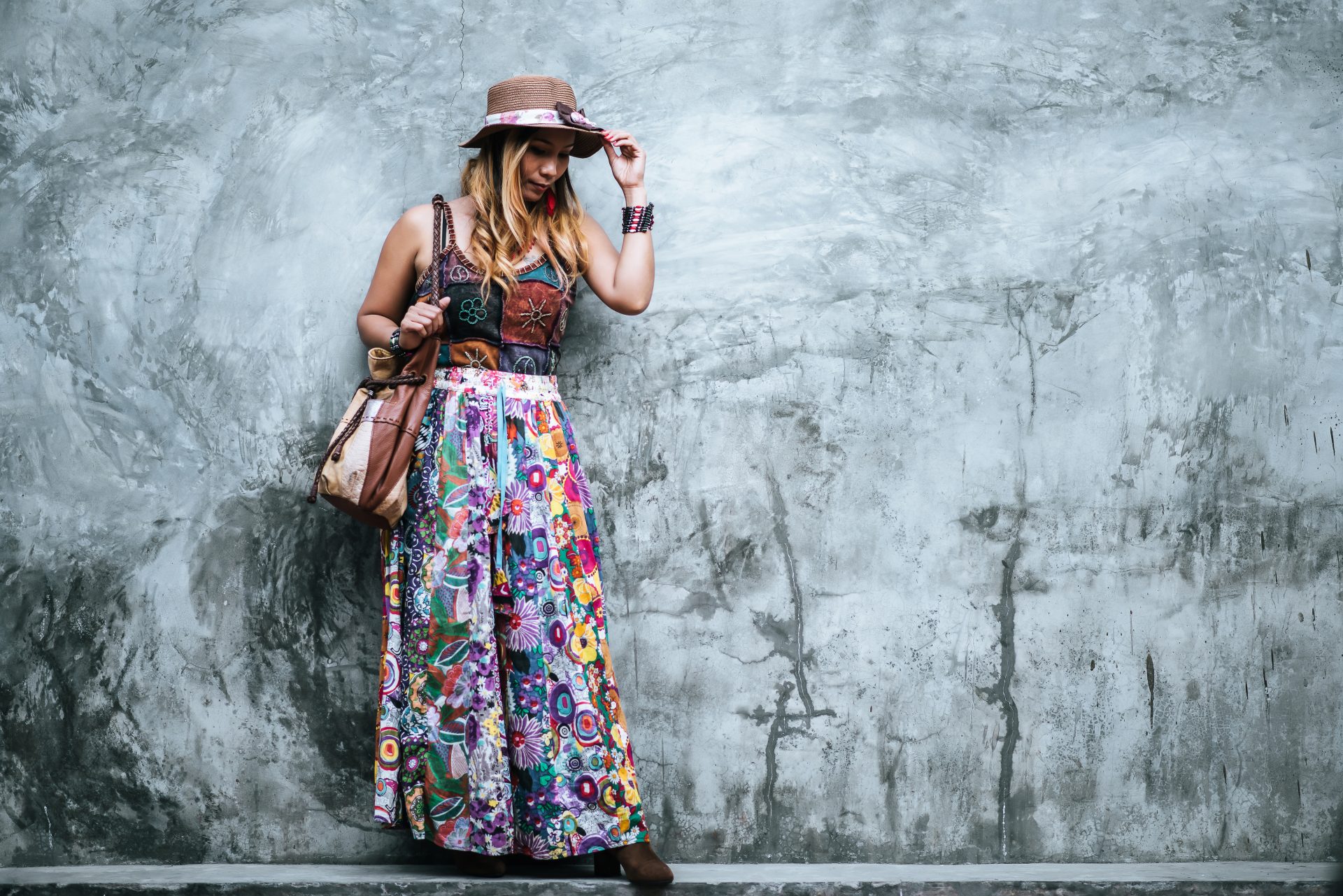
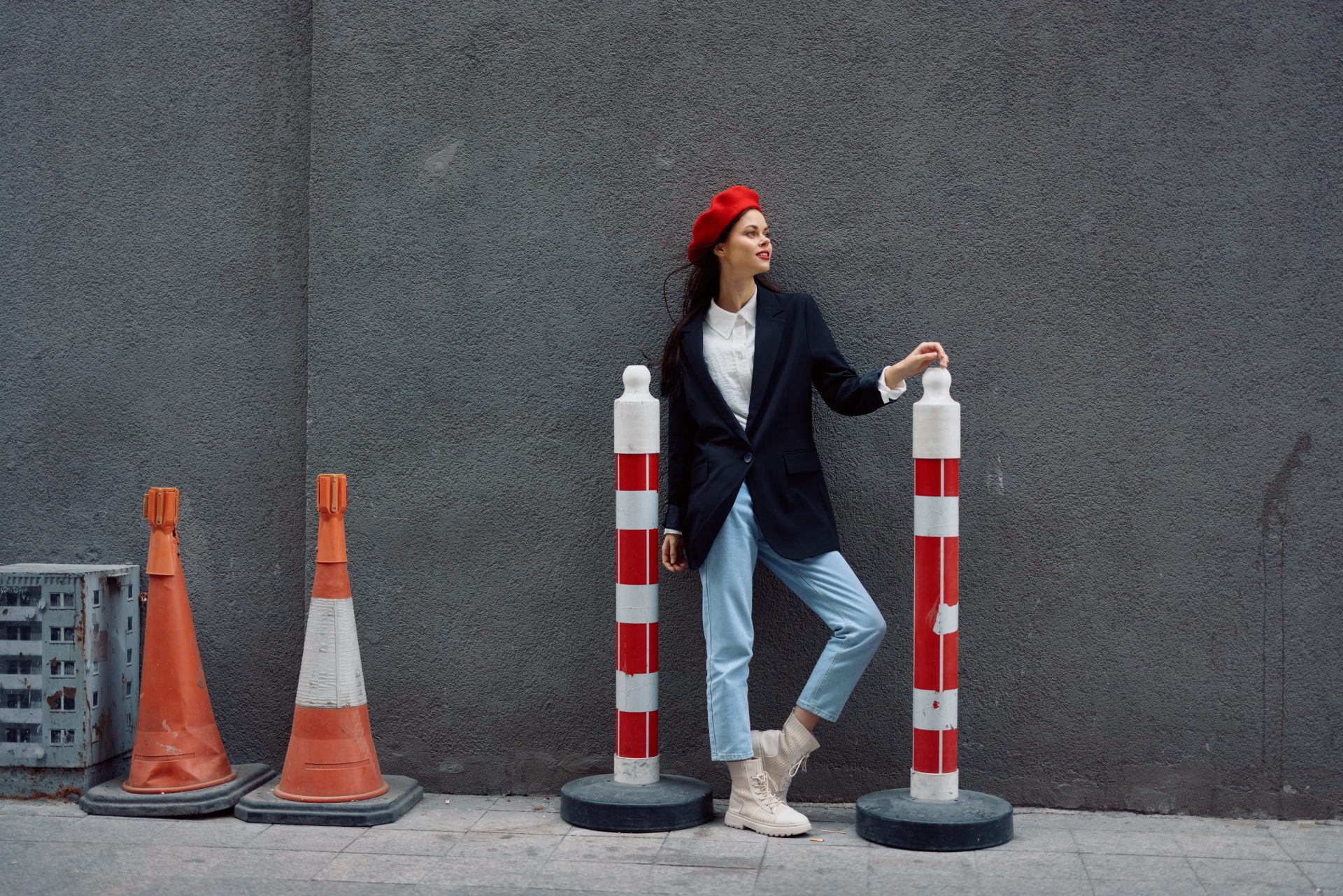

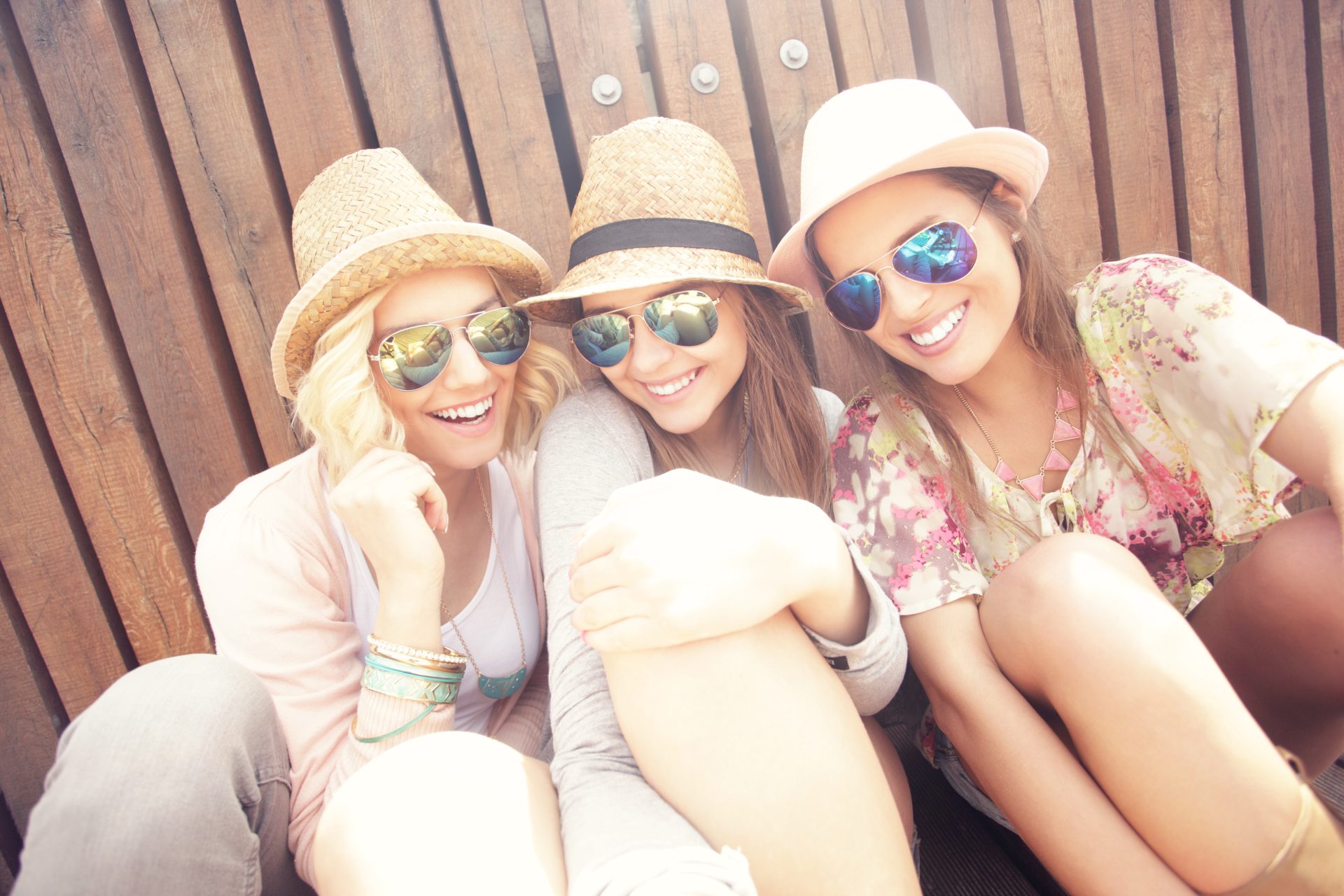
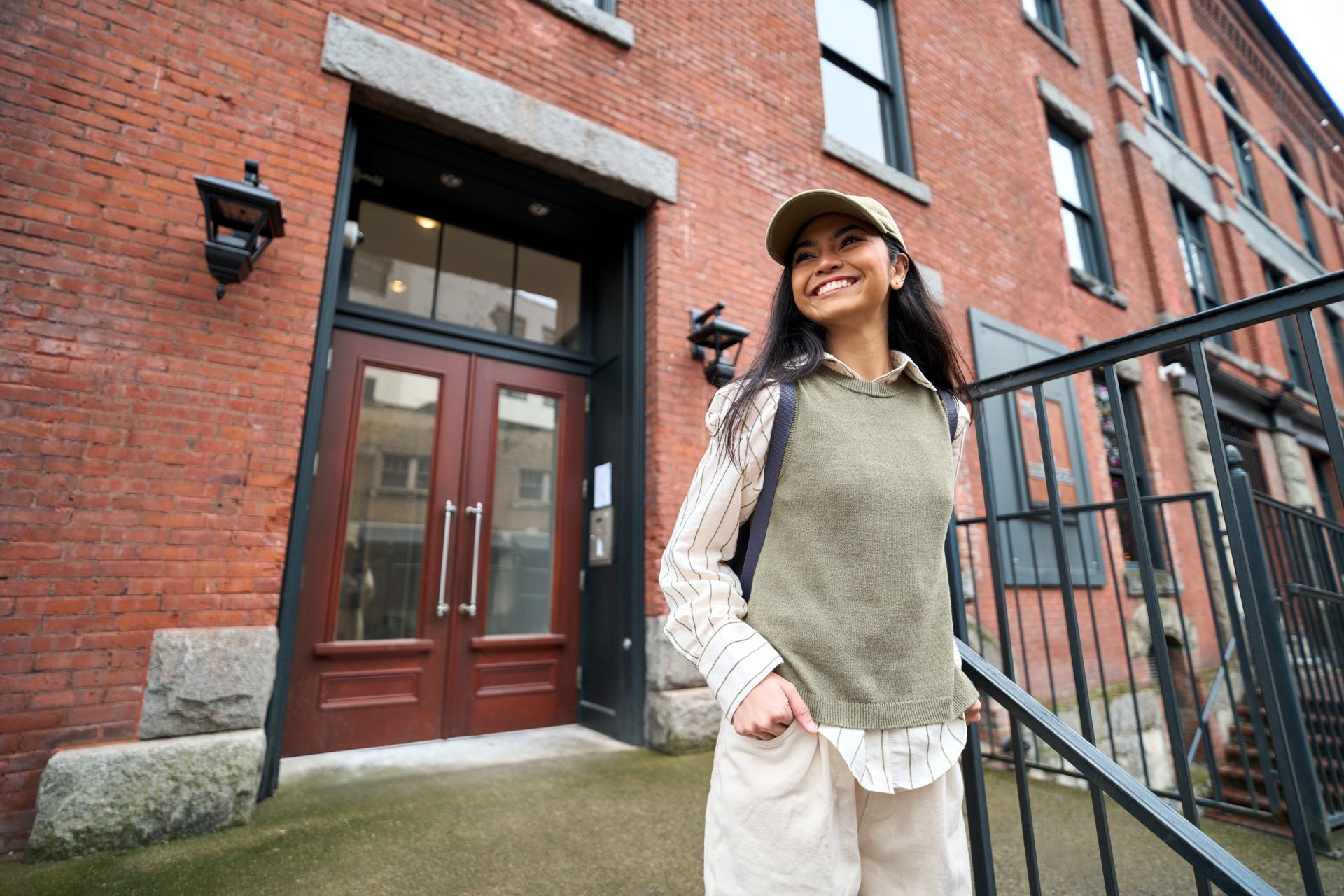

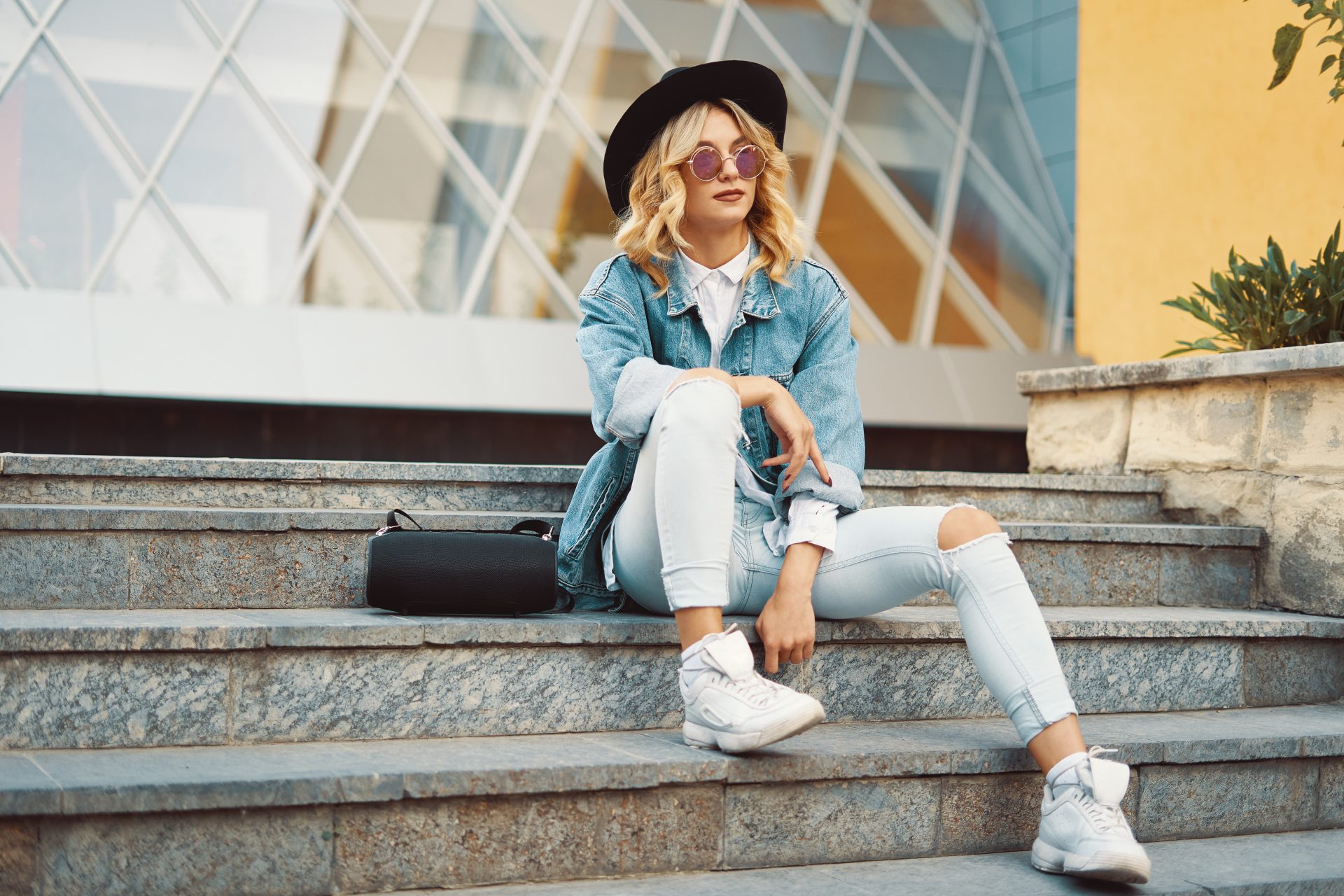
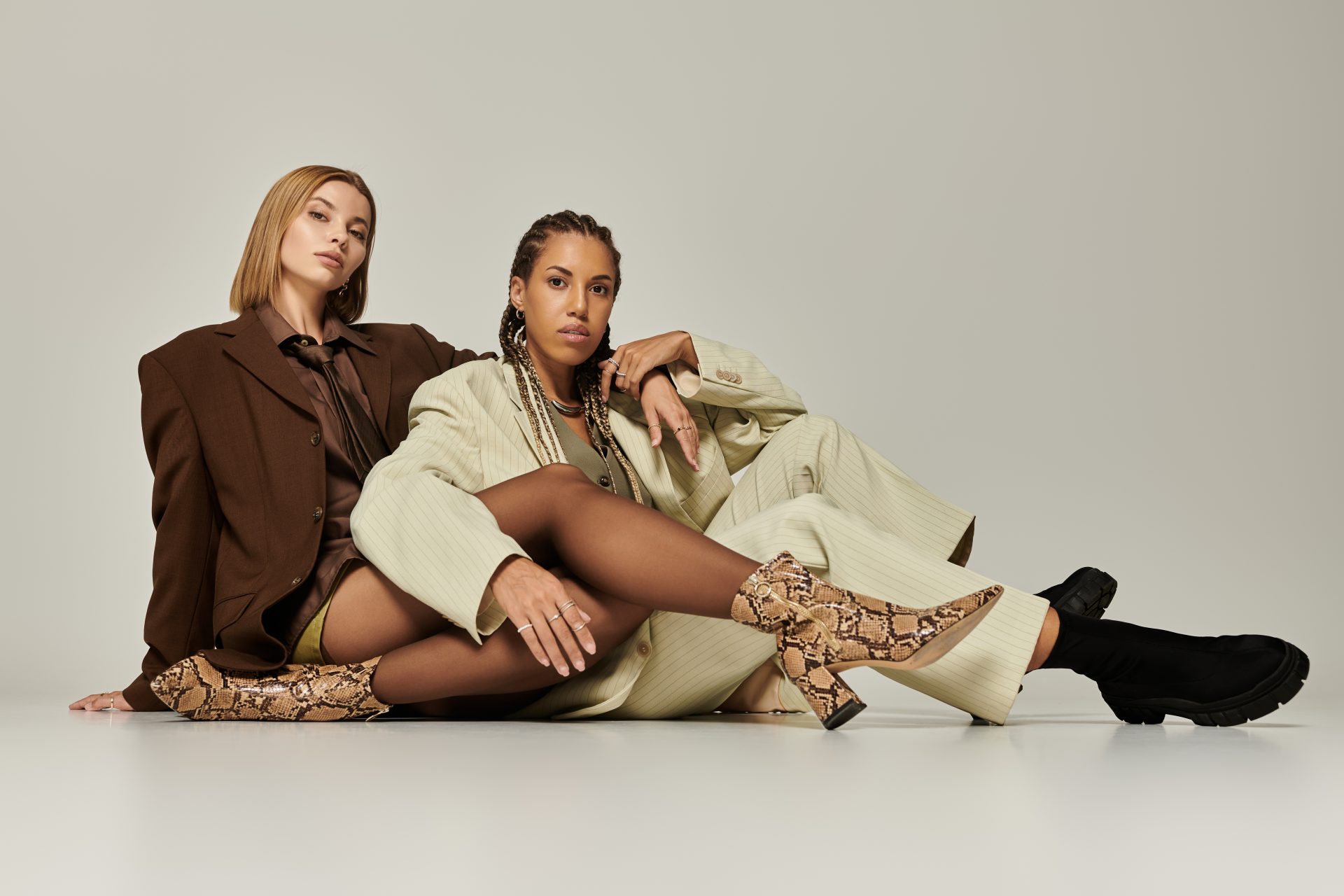
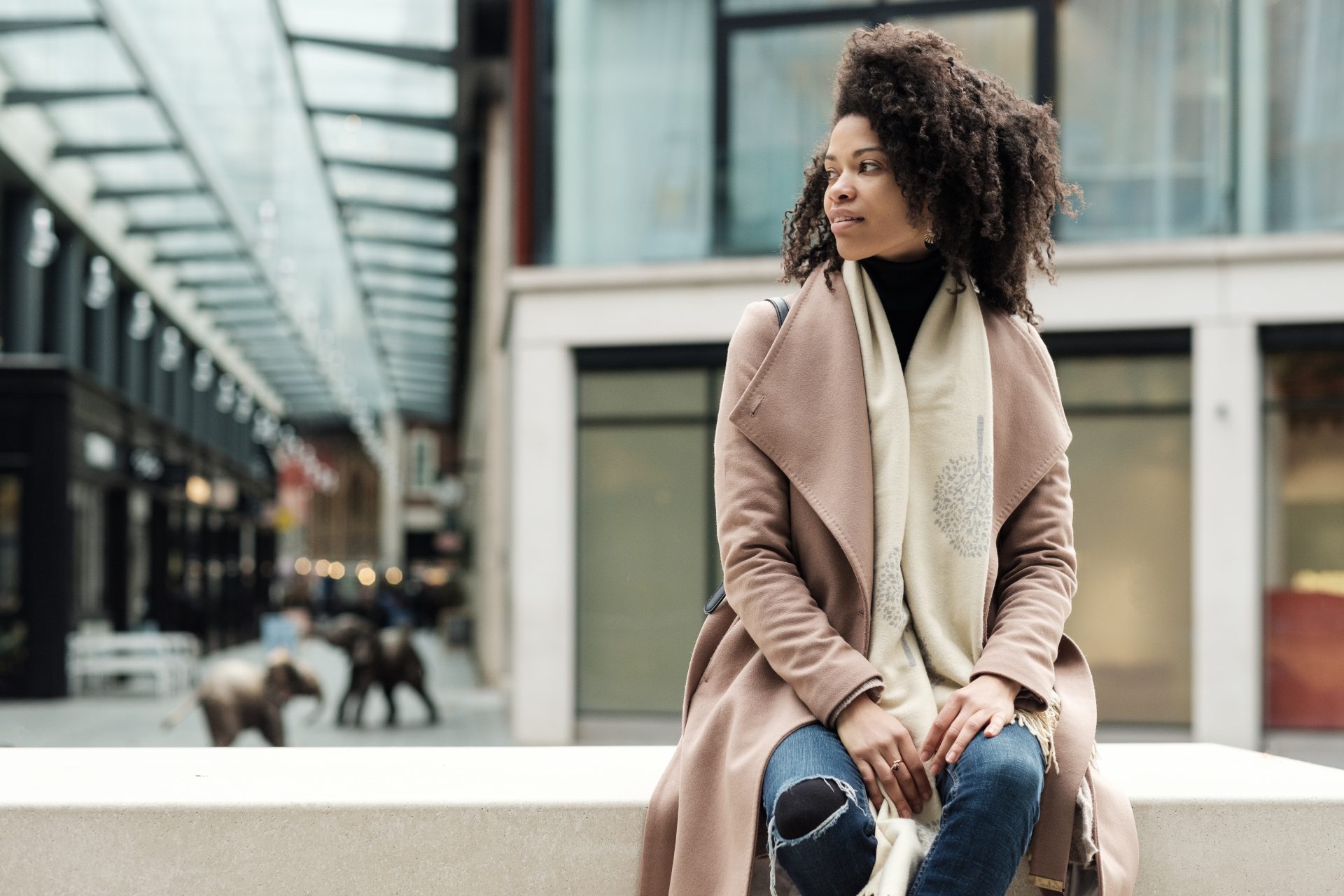
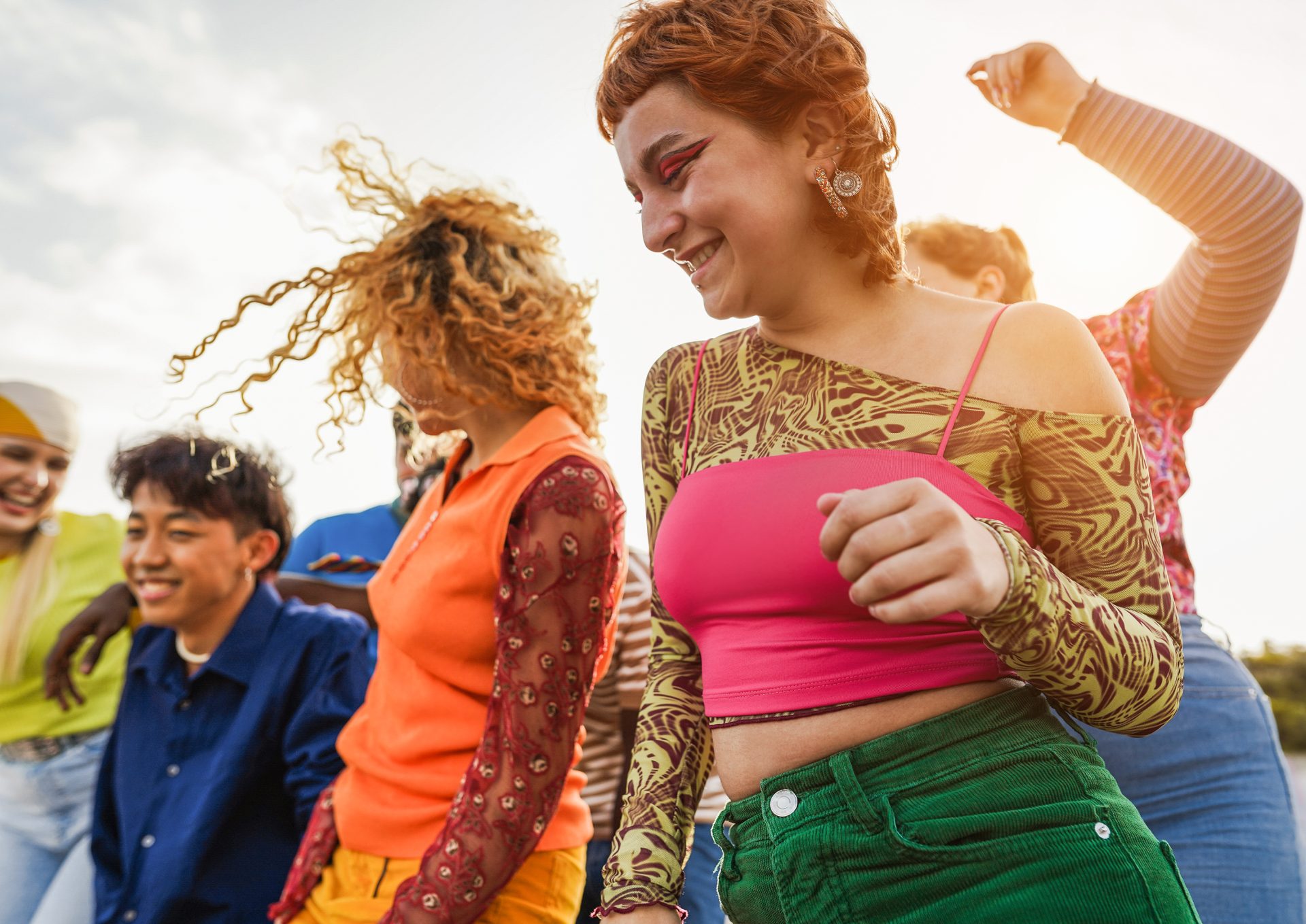
0 Comments